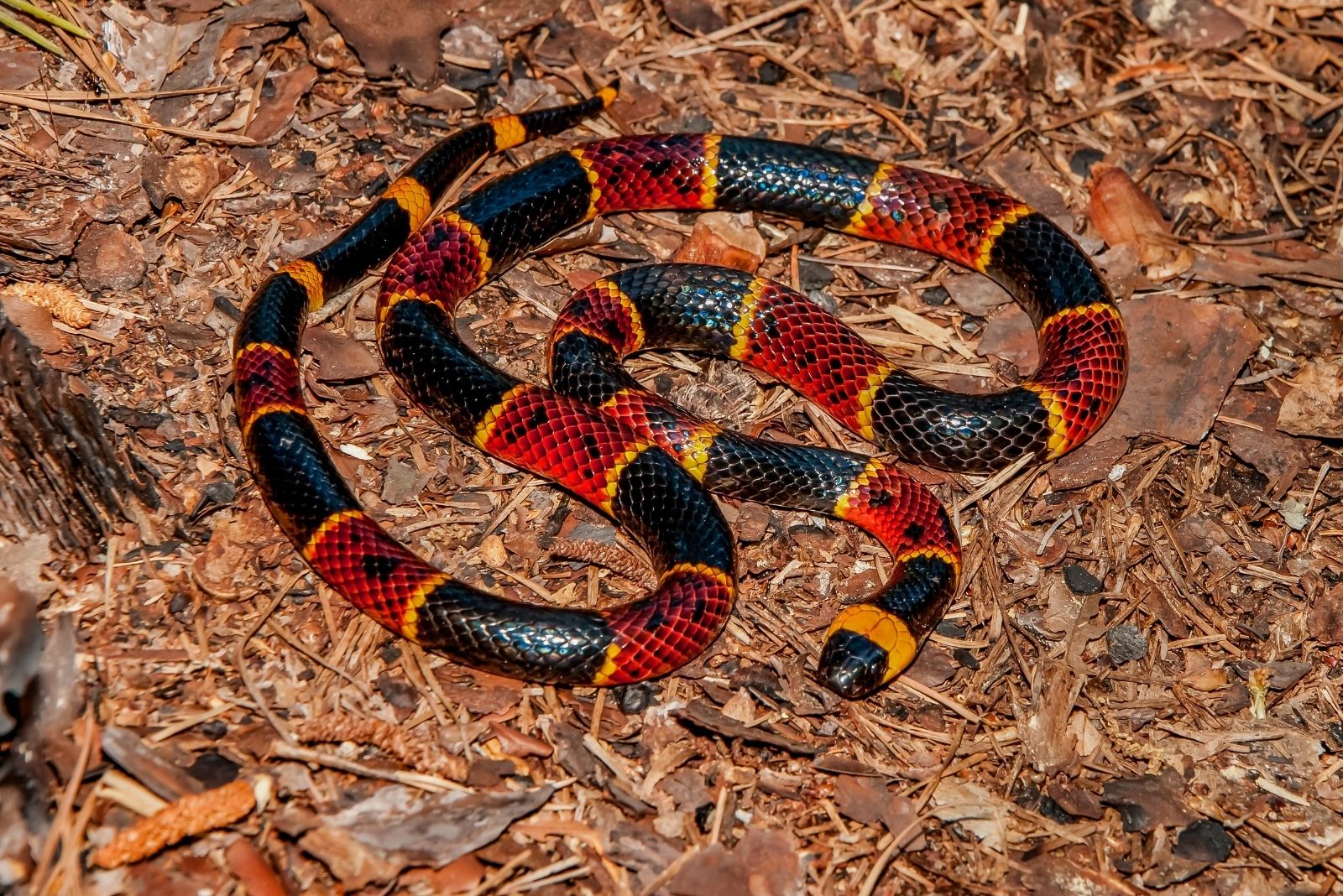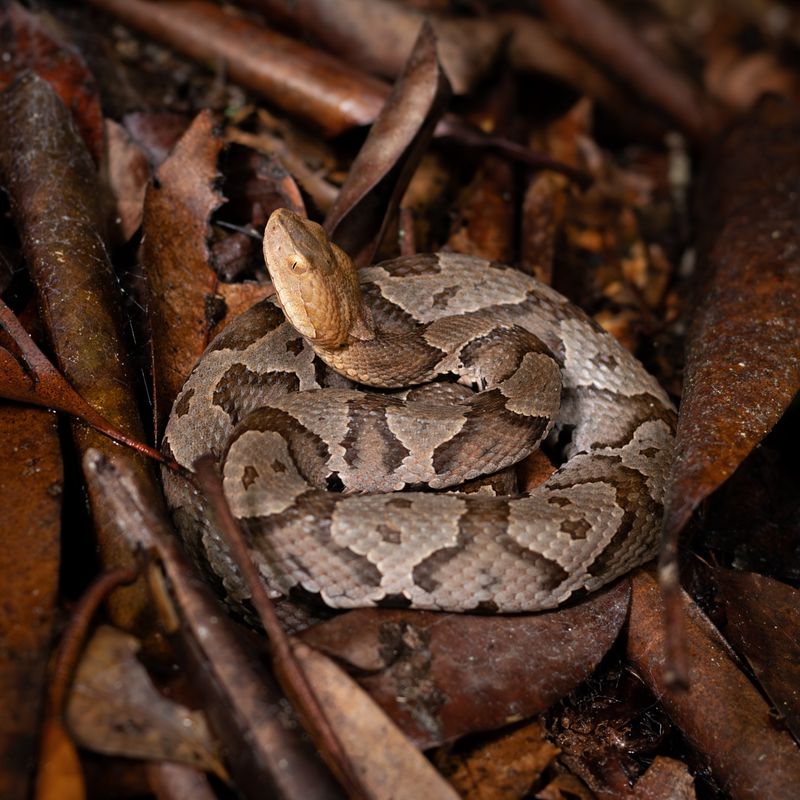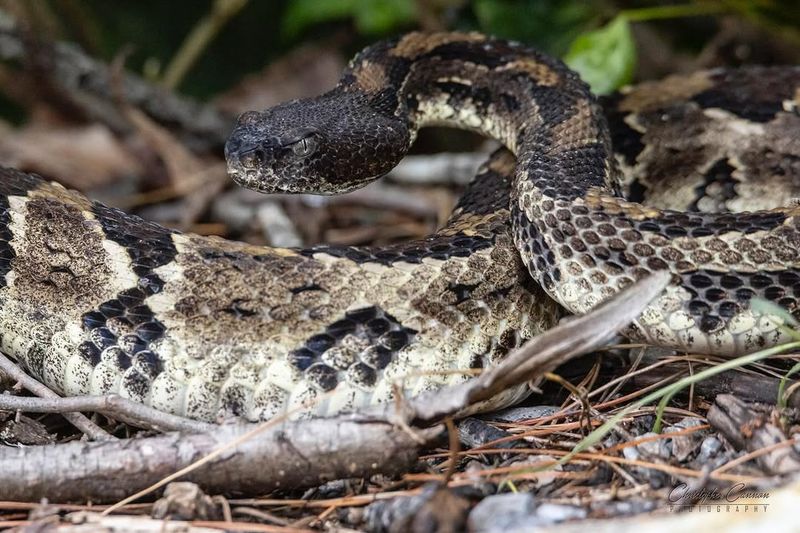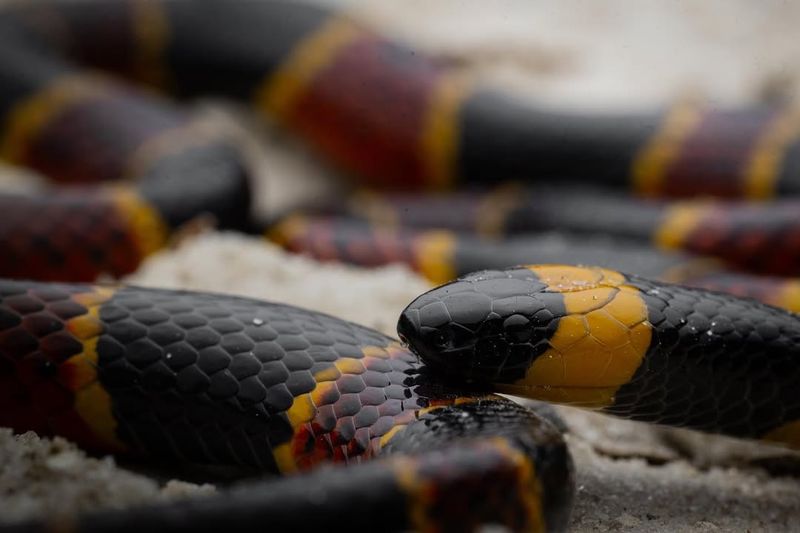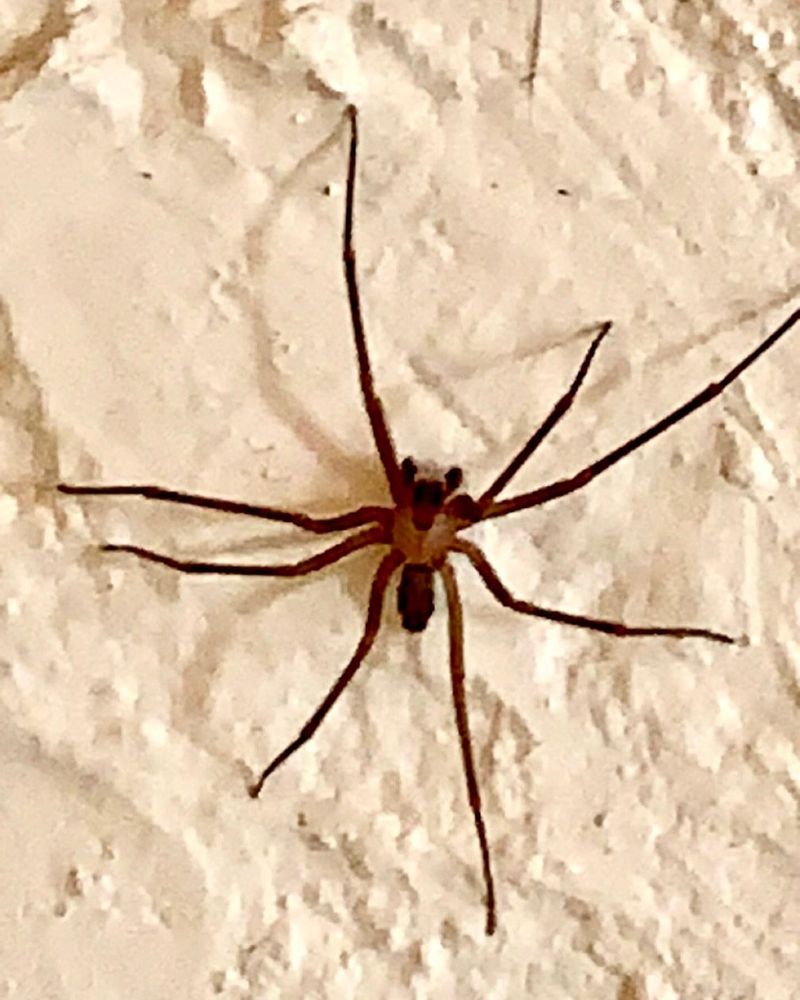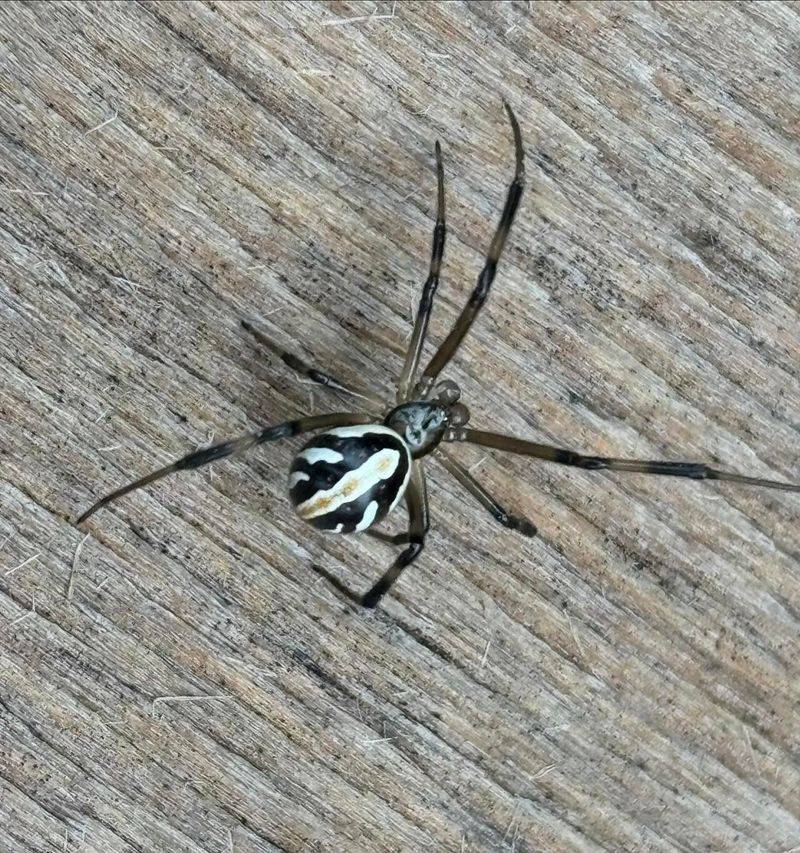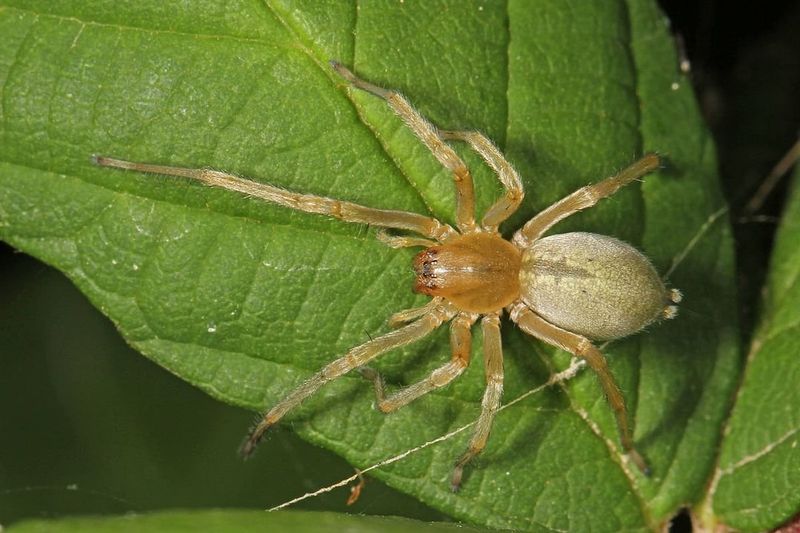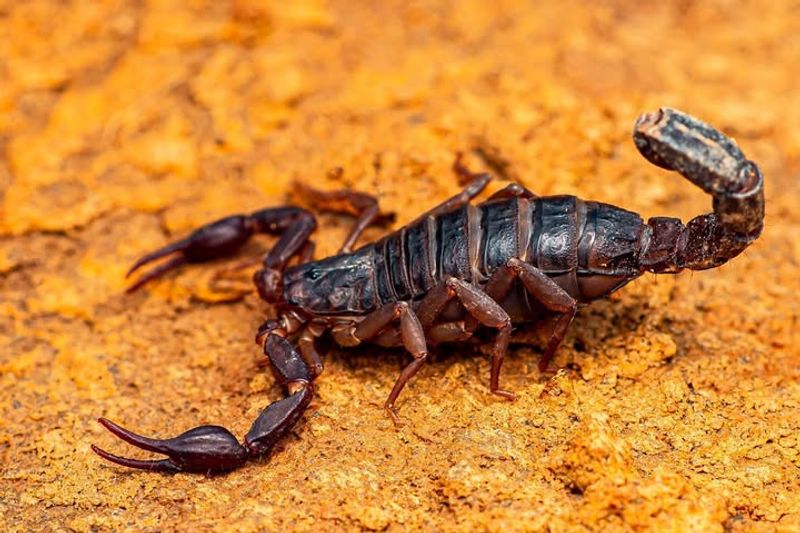North Carolina’s diverse ecosystems harbor several venomous creatures that residents should be able to identify. As someone who’s lived in the Tar Heel State for years, I’ve learned that knowledge about these animals isn’t just interesting—it’s essential for safety during outdoor activities.
From my experience hiking the Appalachian foothills to gardening in my suburban backyard, encounters with these creatures are rare but possible. Understanding which venomous animals call North Carolina home helps us coexist safely with them and know what to do if an encounter occurs.
1. Eastern Copperhead: The Camouflage Expert
These copper-colored pit vipers blend perfectly with fallen leaves on forest floors across North Carolina. Their distinctive hourglass-shaped crossbands and copper-colored heads make them identifiable, though often not until you’re uncomfortably close.
When gardening in wooded areas, always wear thick gloves and boots, and carefully check leaf piles before reaching in. Copperheads won’t chase you, but they’ll strike if threatened or accidentally stepped on.
Last summer, I nearly grabbed a young copperhead while clearing brush near my Piedmont home. Their perfect camouflage reminded me why a garden rake is now my go-to tool for moving leaves rather than my hands.
2. Timber Rattlesnake: The Mountain Dweller
Recognizable by their thick bodies, broad triangular heads, and distinctive rattles, timber rattlesnakes primarily inhabit North Carolina’s western mountains and some eastern forests. Their color varies from yellow to black, with dark V-shaped bands running down their backs.
Hiking in the Blue Ridge Mountains means staying on marked trails and watching where you step or place your hands when climbing. Unlike other snakes, timber rattlers give a courtesy warning with their iconic rattle before striking.
During a camping trip near Asheville, I heard that unmistakable rattling sound while collecting firewood. Freezing in place and slowly backing away likely prevented a dangerous encounter—a lesson in respecting their space.
3. Eastern Coral Snake: The Colorful Rarity
With vibrant red, yellow, and black bands, coral snakes are among North Carolina’s most colorful and dangerous reptiles. Found primarily in the southeastern coastal plain, their presence is uncommon but significant due to their potent neurotoxic venom.
Remember the rhyme: “Red touch yellow, kill a fellow; red touch black, friend of Jack.” This helps distinguish the venomous coral snake from similar-looking but harmless kingsnakes, where red bands touch black bands instead.
While working with a conservation group near Wilmington, we documented coral snake habitats. Their secretive nature means most residents will never encounter one, but their unmistakable coloration is worth knowing.
4. Brown Recluse Spider: The Basement Lurker
Brown recluse spiders are identified by their violin-shaped marking on the back. Despite common fears, they’re relatively rare in North Carolina, mainly found in western counties and typically hide in undisturbed areas like woodpiles or storage boxes.
Shake out stored shoes, gloves, and clothing before wearing them, especially in seldom-used spaces. Seal cracks around doors and windows, and keep beds away from walls to prevent these shy spiders from wandering too close during sleep.
My neighbor discovered a brown recluse colony when renovating his 100-year-old Durham home. Professional pest control was necessary, reminding me why regular cleaning of storage areas is essential preventative maintenance.
5. Northern Black Widow: The Red-Marked Menace
Glossy black with a distinctive red hourglass on their underside, these spiders frequently inhabit woodpiles, outhouses, and garden sheds across North Carolina. Female black widows are particularly dangerous, with venom that can cause severe muscle pain and spasms.
Wear gloves when handling firewood or working in cluttered outdoor spaces. Regularly clean garages and storage areas to discourage these arachnids from establishing webs in dark corners or under furniture.
After finding a black widow in my garden shed near Charlotte, I established a monthly inspection routine. I tap stored containers with a stick before handling them—a simple habit that has prevented several close encounters over the years.
6. Yellow Sac Spider: The Indoor Invader
Pale yellowish or beige in color, these small spiders frequently enter North Carolina homes during fall and winter. Though less notorious than black widows, their cytotoxic venom can cause painful wounds that heal slowly, resembling mild brown recluse bites.
Seal cracks around windows and doors to prevent entry. These night hunters hide in ceiling corners, behind picture frames, or in clothing during daylight hours, so checking bedsheets and stored clothes can prevent painful encounters.
I’ve spotted these spiders in my Wake County home most often in October. Their small size makes them easy to miss, but their painful bite taught me to be vigilant when reaching into closets or dark spaces during spider season.
7. Southern Devil Scorpion: The Unexpected Stinger
Many North Carolinians are surprised to learn that scorpions inhabit our state. The southern devil scorpion, with its brownish color and small size (rarely exceeding 2 inches), is found primarily in the western and piedmont regions, hiding under logs, rocks, and sometimes in homes.
When camping or hiking, shake out sleeping bags and check shoes before putting them on. At home, reduce clutter around foundations and seal entry points to prevent these nocturnal hunters from finding their way inside.
During a cabin weekend in the foothills, I discovered one of these scorpions in my shoe. Their sting, while painful, is comparable to a wasp sting for most people—unpleasant but rarely dangerous unless you’re allergic.

